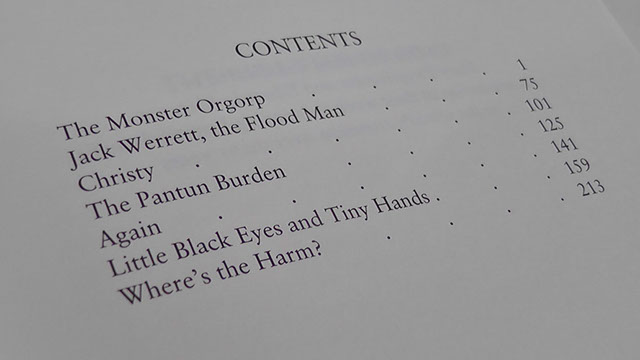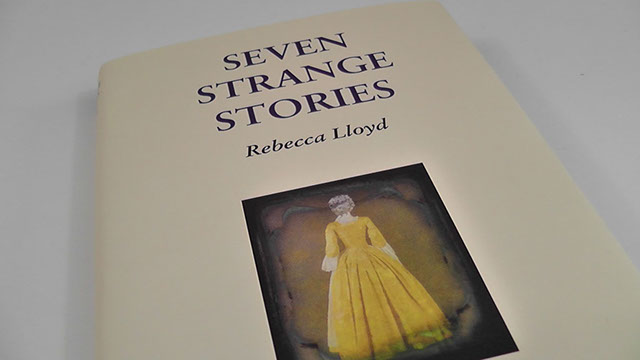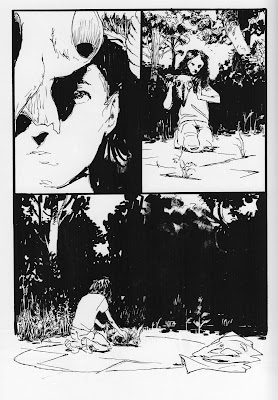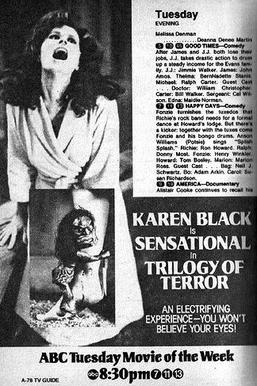 This story is an interesting example of what used to be called magical realism, and possibly still is. It might also be a case of the 'new weird' but I'm not sure what that is. The point is that Rebecca Lloyd again provides a good rural character study with a paranormal twist.
This story is an interesting example of what used to be called magical realism, and possibly still is. It might also be a case of the 'new weird' but I'm not sure what that is. The point is that Rebecca Lloyd again provides a good rural character study with a paranormal twist.An academic rents a house from two eccentric sisters, who then insist that they move in with her. This far from ideal arrangement seems to cause bizarre aquatic activity. Water forms odd, humped puddles on stairs. Taps drip but leave no evidence of wetness. The sisters believe it's all down to the titular Jack Werrett, who in life had extraordinary powers over water. In death a dispute over the ownership of the family home has apparently led him to get a bit shirty, not to mention drippy.
This nicely-crafted story reminded me slightly of the fine and neglected A. E. Coppard. It is a little less quirky that Coppard's tales of the countryside, but has the same feel. Rural England is not merely odder than we townies imagine, but odder than we can imagine. Rebecca Lloyd has written a novel with the same title as this story, so I assume the latter is a pendant to the former, or perhaps was the grit in its oyster.
So far I've enjoyed four of the seven tales in Seven Strange Stories. Now for the novellas - might take me a bit longer to post reviews of those, but stay tuned.




![The Sign of Ouroboros by [Longhorn, David]](https://images-na.ssl-images-amazon.com/images/I/51nOvP8j95L.jpg)





